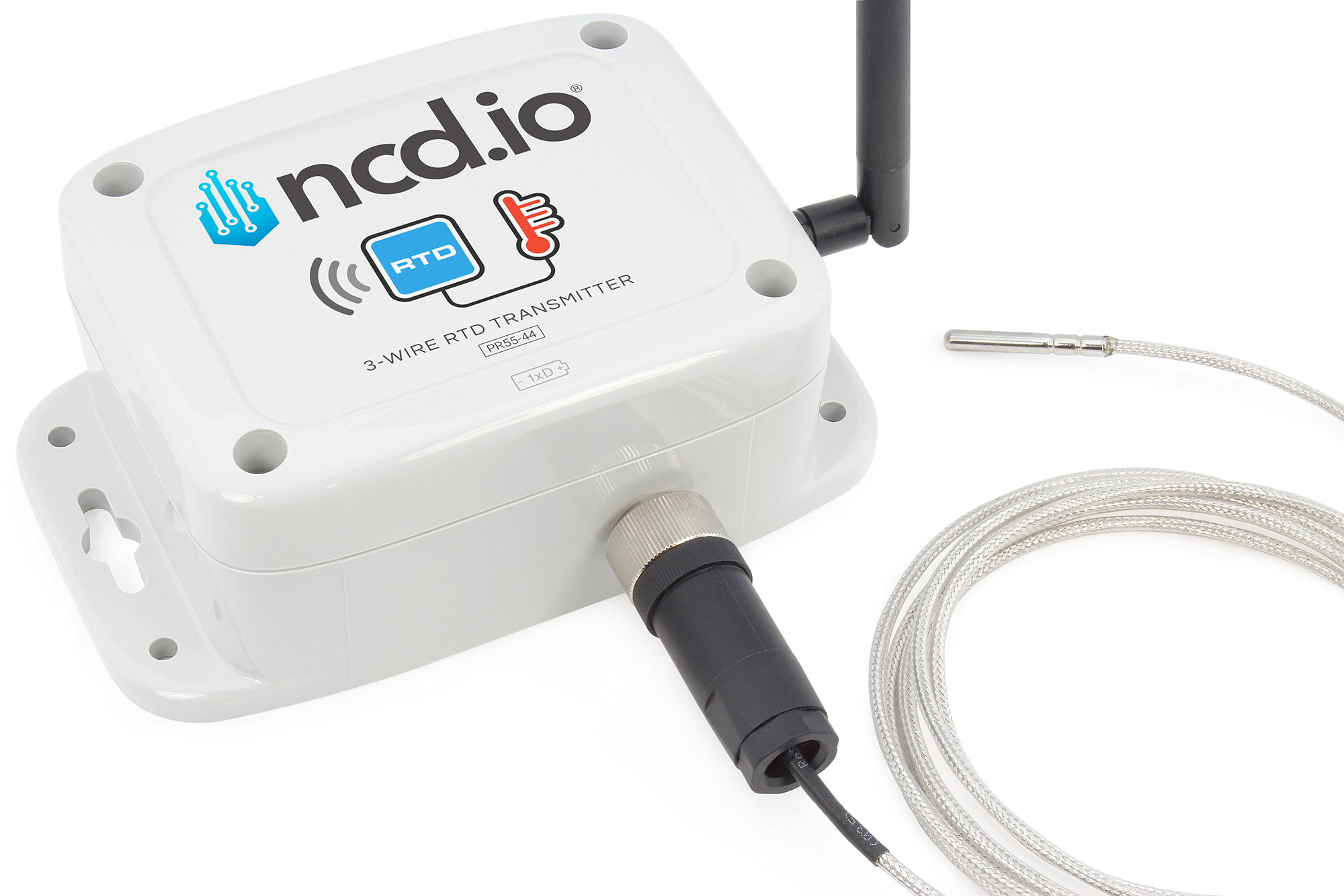
How to Setup the NCD IoT Wireless RTD Temperature Sensor
RTD: An Introduction Resistance Temperature Detectors (RTDs) have emerged as a precise and prevalent method for measuring temperature. While numerous RTD configurations exist, they predominantly








